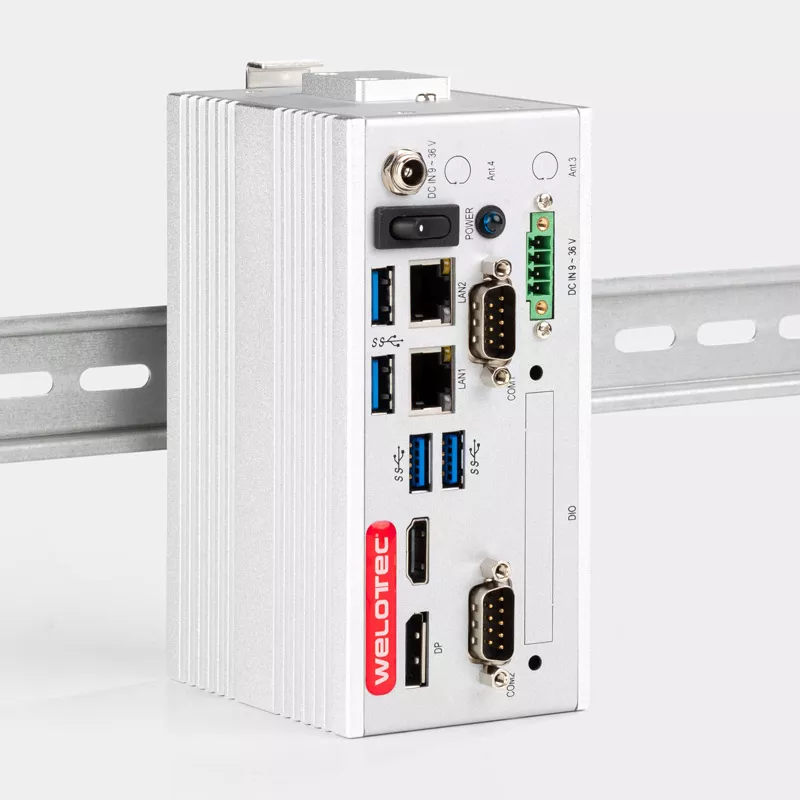If you have braces, then you know just how challenging it can be to maintain good oral hygiene. Food particles and plaque easily get trapped in the brackets and wires, leading to tooth decay and gum disease if not properly removed. That’s why choosing the right toothbrush is crucial when you have braces. With so many options on the market, finding the best one can seem overwhelming. But don’t worry – we’ve got you covered!
Why toothbrush choice matters when you have braces
Choosing the Elektrische Schallzahnbürste (electric sonic toothbrush) is always important, but it becomes particularly crucial when you have braces. Braces can make brushing more challenging and time-consuming, which means that having the right toothbrush will not only make your life easier but also help keep your teeth healthy.
Firstly, traditional manual toothbrushes with soft bristles are usually recommended for those who have braces. This is because hard-bristled brushes can damage the wires and brackets of your braces while cleaning. Additionally, electric toothbrushes can be too harsh on your gums and cause discomfort when used with braces.
Secondly, choosing a compact head brush could help reach difficult areas around brackets and wires. A small head allows better access to tricky-to-reach areas so that you can clean them thoroughly without damaging any part of the appliance.
How to brush your teeth with braces
Brushing your teeth with braces can be a bit challenging since the brackets and wires create more spaces for food particles to get trapped. But don’t worry; proper brushing techniques can help prevent decay, gum disease, and discoloration.
Firstly, start by rinsing your mouth with water before brushing to loosen any food debris that may have accumulated around the braces. Then use an interdentally brush or floss threaded to clean between the brackets and wires before brushing.
Secondly, apply toothpaste on your beste zahnbürste für feste zahnspange (best toothbrush for braces) (preferably a soft-bristled one) and hold it at a 45-degree angle against the gum line. Gently brush each bracket in circular motions while making sure you clean all surfaces of each tooth including the chewing surface.
Thirdly, after cleaning all surfaces of your teeth with braces thoroughly using gentle strokes for two minutes or more rinse thoroughly with water ensuring that no residue is left behind as this could cause staining over time.
How to Use Water Flosser
1. Fill the Tank: Start by filling the tank with warm water, up to the marked line.
2. Choose a Tip: Select the right tip for your needs – there are different tips available for braces, implants or general cleaning.
3. Adjust Pressure: Choose the right pressure setting for you, starting low and working your way up as you get used to using it.
4. Lean over Sink: Lean over the sink with your mouth closed around the tip of the flosser.
5. Turn On Flosser: Turn on the Munddusche (water flosser) and aim at one tooth at a time, moving along each tooth before moving onto another section of teeth.
- Clean Mouthpiece after Use: Empty any remaining water from reservoir after each use and clean out any debris that may have accumulated in nozzle or handle with brush provided.
Conclusion
Choosing the right toothbrush is crucial when you have braces. It can make a significant difference in your oral health and ensure that you get the most out of your orthodontic treatment. Remember to choose a toothbrush with soft bristles and a small head to maneuver around brackets and wires easily.


